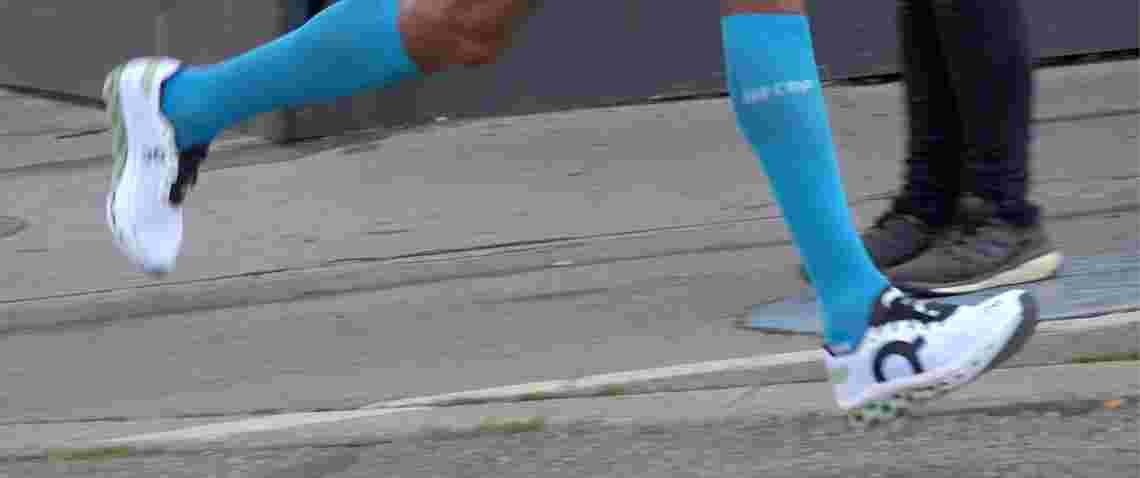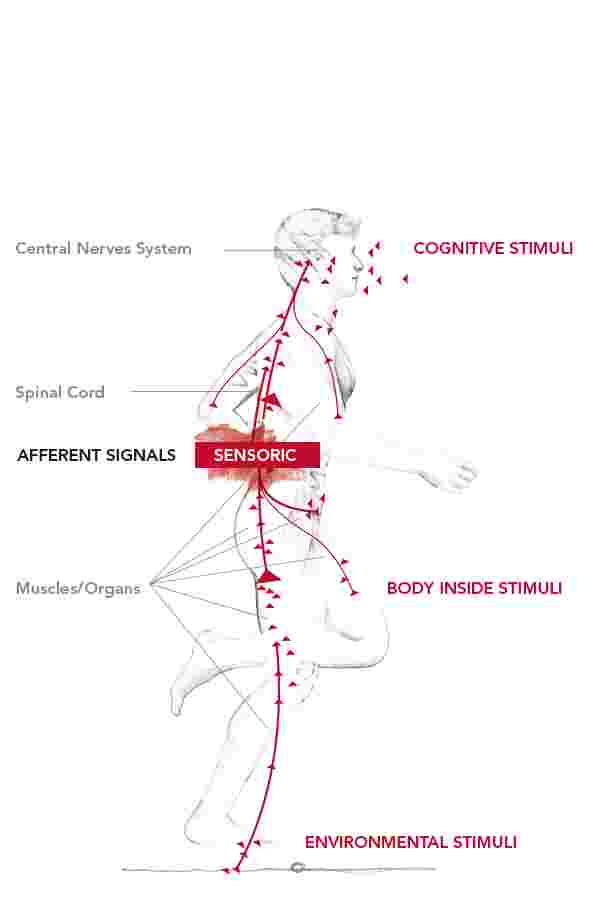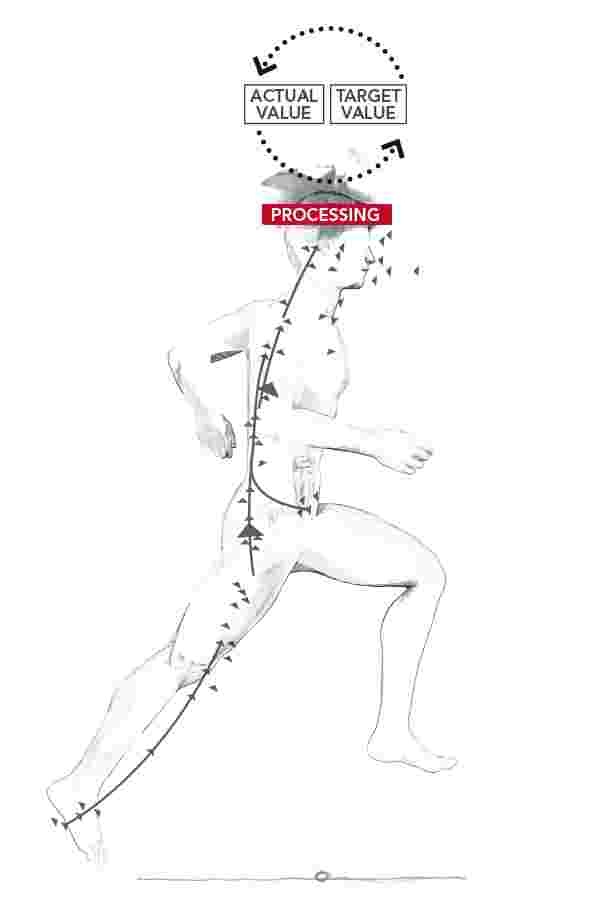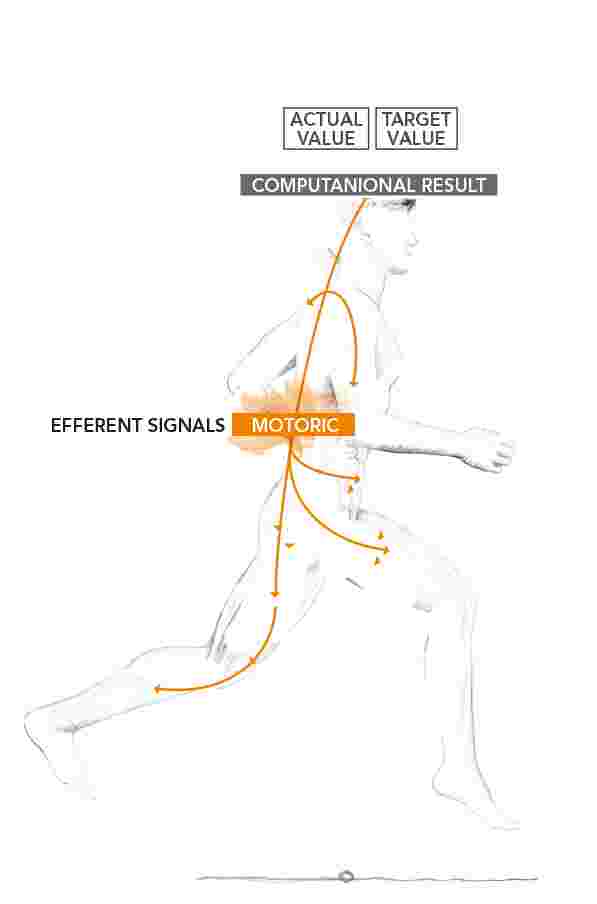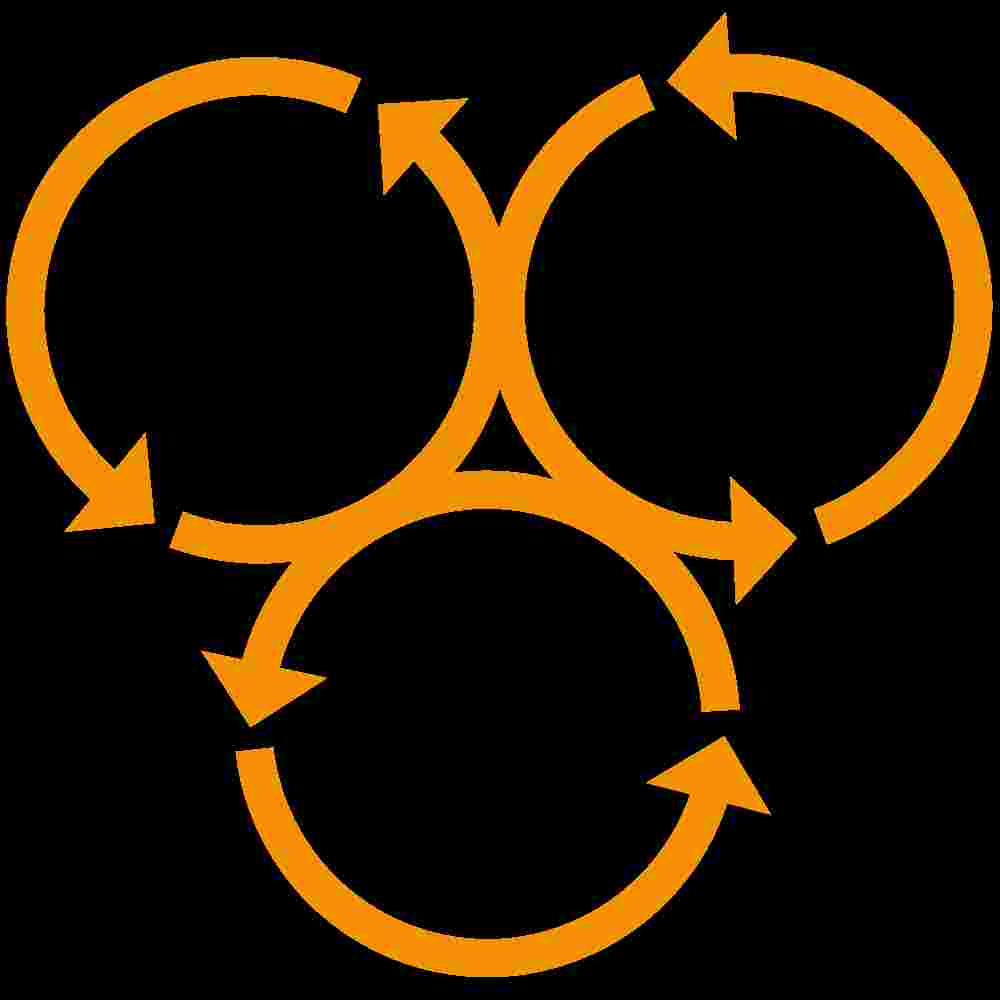BIESTMILCH IN SPORT FOR REcovery AND ENHANCED PERFORMANCE
Biestmilch, with its immune-modulating and anti-inflammatory potential, has a positive impact on recovery and performance. Biestmilch is a food that is simple to take, irrespective of body weight or age. Immunity is at the heart of all wellbeing. Biestmilch not only strengthens immunity on a long-term basis during training and competition but also in the stressful situations of everyday life.
Biestmilch for moderately regular sporting activity
If we feel healthy and well, the standard dose of 900 mg of Biestmilch per day is sufficient. You should take Biestmilch every day. Make Biestmilch part of your daily diet. It is not necessary to take breaks from consuming Biestmilch as there are no habituation effects.
Biestmilch for intense sporting activity
When we intensify our training (scope and intensity), we can increase the amount of Biestmilch by 3 to 4 times the standard dose (900 mg). Ideally we should take 2/3 of our Biestmilch in the morning and 1/3 after our training. Should you ever feel you are coming down with some illness, take some more Biestmilch. It is recommended to take 4 to 8 g for this purpose.
The BIEST BOOSTER is an excellent choice in such cases.
If you suffer from lactose intolerance, start by taking a small amount of Biestmilch and increase the dose gradually.
Milk allergies should not deter you from taking Biestmilch.
But it always pays to be cautious and begin with a small dose (300 mg).
